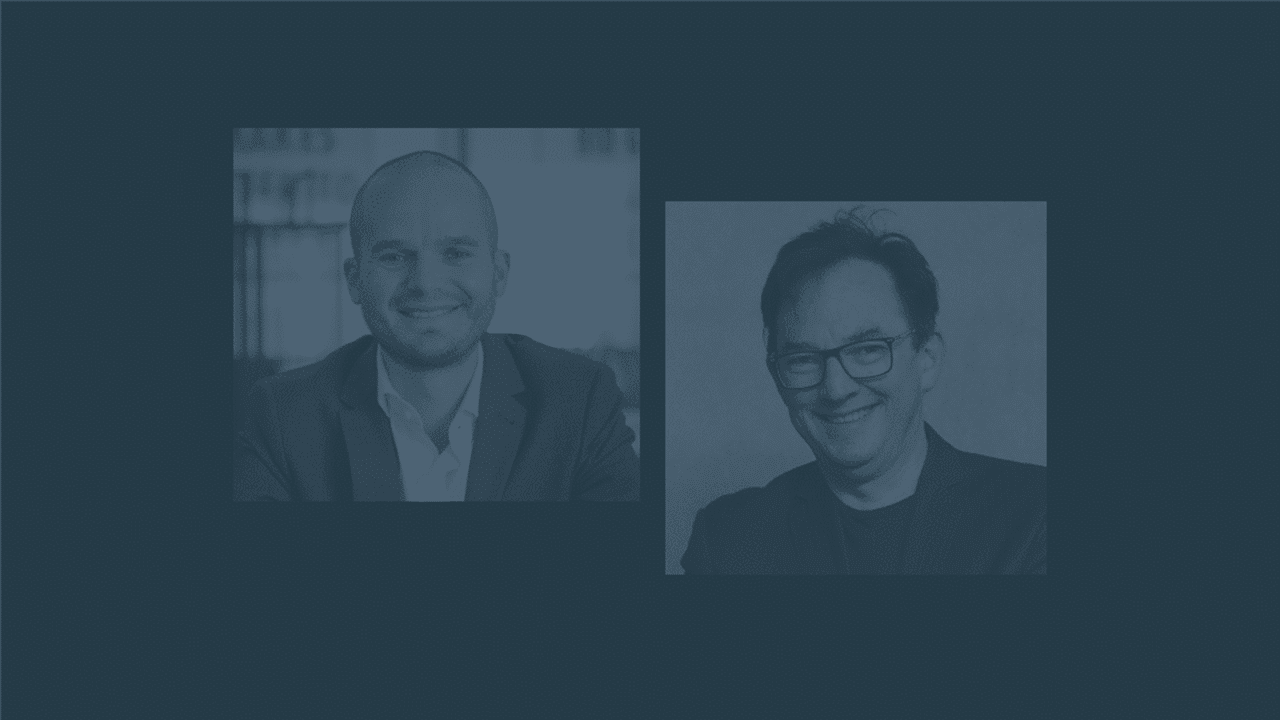
moneywebNOW – what is an ‘alternative asset’?
25 March 2024One of the key reasons that alternatives have become so popular is that the listed markets are shrinking – Dino Zuccollo of Westbrooke Alternative Asset Management.
SIMON BROWN: I’m chatting to Dino Zuccollo of Westbrooke Alternative Asset Management. Dino, I appreciate the time today. You and I have spoken on alternative assets many times over the years. I suppose the first question is what is an alternative asset? Is it really just something as simple as it’s not listed on a recognised exchange?
DINO ZUCCOLLO: Hi, Simon. Thanks so much for the time. Yes, in simple terms, an alternative asset is something which is not listed and not priced daily, and not liquid in the traditional investment avenues that you would be used to. So it’s become one of the largest global investment themes over a prolonged period.
As an example, between 2009 and 2019 there was more capital raised each year in the private markets than in the public markets.
So maybe it’s easiest to explain by way of an example. I think many investors are used to investing in, let’s say, bonds, where the alternative version is to invest in a private credit fund. A lot of people are used to investing in real estate, but generally they do that on a listed exchange outside your primary house through, for example, a Reit stock, a real estate investment trust, whereas there’s a very, very large global ecosystem of private real estate investment funds which are available for investment into as well.
And then of course, private equity is one that we all know well as an alternative to the listed equity markets that we’ve probably all got exposure to.
SIMON BROWN: One of the key things – and I’ve chatted with a number of folks over the years around this as well – is that globally markets are the traditional market. The listed market is shrinking, and that’s not just in terms of [those] which would correlate to private equity. That’s even bonds, etc. We are seeing smaller investible markets for investors.
DINO ZUCCOLLO: Yes. Well, that’s the whole thesis around alternatives. I mean, there’s a variety of benefits which we can get into if you’d like. But one of the key reasons that alternatives have become so popular, Simon, is the fact that the listed markets are shrinking. So if you have a look at some of the stats, 30 years ago on the JSE there were 776 listed companies. Today there are about 300.
That means that the JSE has more than halved in 30 years[in terms of listed companies]. And at the moment we’re going at a trend of about 20 delistings a year for every three to four listings a year.
But this isn’t just in South Africa. Globally since the mid-1990s there’ve been more than 30 000 companies delisted. In America, for example, we’ve gone from 8 000 listed companies to about 4 000 today. So the question that a client needs to answer is, if you’d like to have a truly diversified investment portfolio that is reflective of what the global investment universe looks like, it’s becoming harder and harder to ignore alternatives.
And so I’m pretty sure a lot of the listeners today are used to the traditional 60:40 portfolio which generally incorporates 60% equities, 40% bonds. The question being asked by many is whether that old paradigm doesn’t need to be re-looked at in order to incorporate an element of alternatives so as to get your properly diversified investment portfolio into the future.
SIMON BROWN: And how much would you put in there? If we had had this conversation 20 years ago – and I’m not even sure if Westbrooke was around 20 years ago – it was such a tiny asset class. But we’ve now got BlackRock, absolutely a giant. You guys have a track record which dates back at least a decade-plus. How much would one suggest we put in on that traditional 60:40? How would you make a split?
DINO ZUCCOLLO: That’s a good question. Just to answer your second point first, $21 trillion has been invested into alternatives as of 2025, according to PwC, which represents about 15% of global assets under management [AUM]. So if you were to look at a strictly traditional or mathematical answer to that question, if you wanted an investment portfolio that’s reflective of global AUM, 15%.
But I found it very interesting that JP Morgan, Simon, did a bit of research from 1989 to 2023, and what they did is they went back in time; they looked at a bucket of the traditional 60:40 portfolio, and then what they started to do was reduce that and overlay an element of alternatives into these portfolios.
They basically tried to solve for the portfolio with the highest return and the lowest standard deviation – so the best return for the units of risk that you take. And it seems at the level at which those returns were maximised was a portfolio with 40% equities, 30% alternatives and 30% fixed-income incorporated in that portfolio.
SIMON BROWN: I take your point. So in fact, the 15% is still that growing amount, which leads to my next question. What are the largest classes of alternatives and the fastest growing?
DINO ZUCCOLLO: It’s a good point to make, because I think a lot of people refer to ‘alternatives’. I don’t know if I love the word, I prefer ‘private market assets’, but I’m certainly not going to be able to change.
SIMON BROWN: It doesn’t roll off the tongue.
DINO ZUCCOLLO: It doesn’t. There are different types. So I think a lot of people – when you say ‘alternatives’ – think of bitcoin, and they think of classic car collections, and whiskey and so on. I refer to those as the ‘fringe’ alternatives. Those really are where alternatives as an investment class begin to approach almost a hobby, and certainly aren’t what the global world of alternatives is about.
The biggest global alternative asset classes are things like real estate, private equity, private debt, infrastructure, hedge funds and venture capital.
So really, as I mentioned earlier, [they are] big asset classes that investors are used to getting exposure to, but access in a different way.
I think at the moment in the current market the fastest-growing alternative asset class is private debt, and that really is on the basis of the fact that we’re in a very high interest-rate environment at the moment. We’ve obviously had a successive series of increases in interest rates over almost two years. And if investors are looking for the place where they’re getting paid, again, the most per unit of risk taken, you’re in a very interesting place where returns on private debt are approaching those of long-term equity returns – but for much less risk.
SIMON BROWN: You mentioned private debt and of course we chatted a couple of weeks ago around the new fund that you’ve got out of the UK where – and I want to trade carefully here – bankers have almost become more automated and there’s less personalisation. If we think about credit debt a hundred years ago, you knew your banker. These days you are a number on a screen. My sense is that in the private debt space it’s a lot more back to the old school.
DINO ZUCCOLLO: Yes, that’s a very good point. I think there are a few things. The rise in private debt specifically, Simon, really began in 2008 with the global financial crisis. And in fact every action has an equal but opposite reaction. What happened in 2008 is we had Basel. Basel was brought in for good reason; it was to try and regulate the banks. The problem is when you bring in a whole host of regulation and red tape, what happens is it becomes a lot more expensive for the banks to extend new credit, because they’ve now got a hundred more checks that they need to go through and hoops to jump through.
So what happened post that is exactly the point you make – which is it’s almost that the computer says no mentality, which is [that],if you’d like to take debt from us as a bank, you need to tick the boxes. And if the computer says ‘no’ because you didn’t fit into a certain box, then the answer is no.
Obviously where private markets can be more beneficial is that a private debt fund is basically an unregulated bank, because a bank raises its money through deposit holders.
The problem with the deposit holder is that a bank makes a promise that you are going to be able to get your money out of the bank whenever you go to the ATM. Conversely, a private debt fund is much nimbler, because there’s no promise that you can get your money back if you arrive tomorrow morning.
A private debt fund generally locks you in for a period of time. And because there’s no deposit holder, rather what you’re raising capital from is an investor. It allows the private markets to move much more quickly, to deal better with complexity, and ultimately to get a higher return for the client.
SIMON BROWN: We’ll leave it there. That was Dino Zuccollo. You’ll find him at Westbrooke Asset Management. Dino, I appreciate the time today.





